Black-bested Puff-leg
Ecuador, environs of Tumbaro (Bourcier).
One of the greatest enjoyments experienced by the naturalist is doubtless that of exploring countries hitherto untrodden by the scientific man, where, ever and anon, an object is presented to his notice which has never before been seen; under such circumstances time passes quickly—the mind is at ease, or merely tempered with sufficient excitement to favour good health and an exuberance of spirits; and second only to this pleasure is that of receiving communications and collections from correspondents in far distant countries.
In one of the numerous letters received from my friend Professor Jameson, of Quito, a gentleman who has so largely contributed to our knowledge of the natural productions of the primeval forests of Ecuador, occurs the following passage:—“There is one species of Humming-bird which I am particularly desirous of procuring for you. It is an inhabitant of the upper boundary of the forest, and is as black as charcoal, with white boots. Should I have the good luck to obtain a specimen, it shall be immediately sent off to your address.” Feeling assured that such a bird was new to science, I replied immediately, urgently pressing my friend to procure and forward it; and at length the subject of the present Plate was transmitted to me. On examination it did not quite agree with Professor Jameson’s description, but it is doubtless the bird he referred to, as it would appear coal-black when flying at a distance. M. Bourcier of Paris, however, had the gratification of first receiving the species through another channel, and from another part of the country, the environs of Tumbaro. By this gentleman it was named nigrrivestis, ‘dressed in black.” It is in every respect a typical member of the genus, and is most nearly allied to E. vestita.
The general plumage of the male is black, with green reflexions, relieved on the throat by a patch of deep blue, bordered in some instances with minute glittering green feathers; lower part of the back inclining to deep grass-green; wings blackish purple; upper tail-coverts dull indigo-blue; tail deep bluish black; under tail-coverts lazuline blue; legs clothed with white down-like feathers; bill black.
The general plumage of the female is greenish bronze, becoming of a purer and more shining green on the upper tail-coverts and lower part of the abdomen; wings, tail and under tail-coverts as in the male; breast coppery green, with a patch of greenish blue on the throat; from the angle of the bill a small moustache of buffy white.
Through the kindness of Professor Jameson, I am enabled to figure both sexes, of the natural size, on one of the fine Orchids of the country, the Anguloa uniflora.
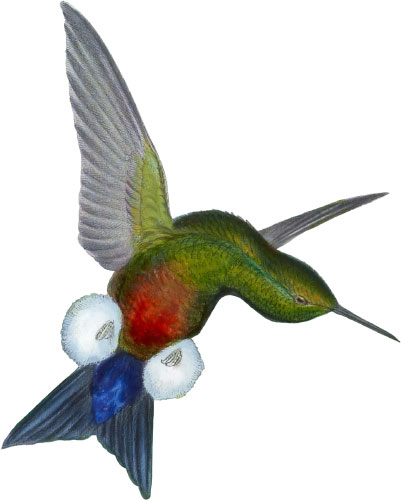 Eriocnemis cupreiventris
Coppery-bellied Puff-leg
Eriocnemis cupreiventris
Coppery-bellied Puff-leg
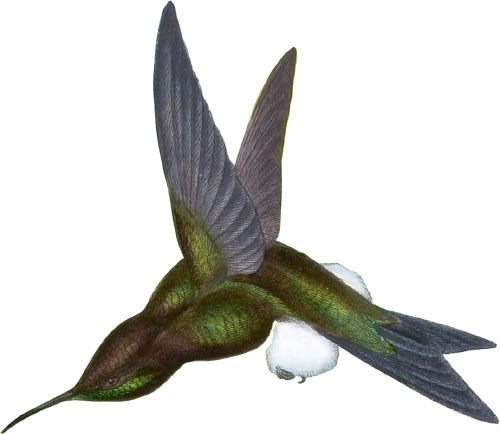 Eriocnemis simplex
Olive-coloured Puff-leg
Eriocnemis simplex
Olive-coloured Puff-leg
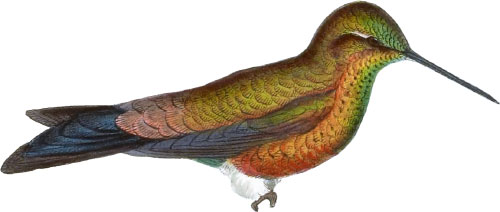 Eriocnemis Isaacsoni
Long-billed Puff-leg
Eriocnemis Isaacsoni
Long-billed Puff-leg
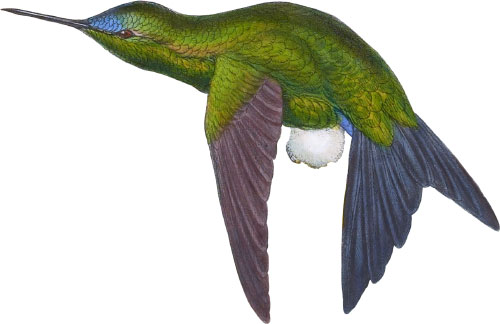 Eriocnemis Luciani
Buquet’s Puff-leg
Eriocnemis Luciani
Buquet’s Puff-leg
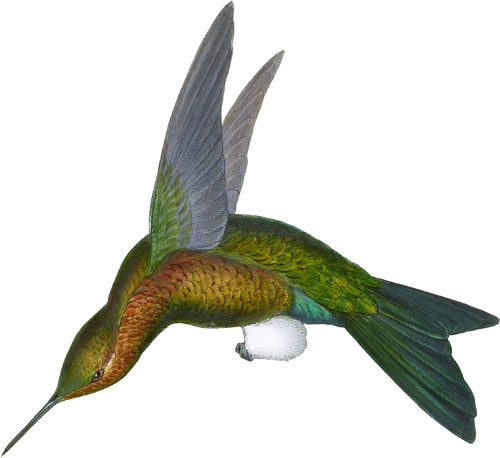 Eriocnemis Mosquera
Mosquera’s Puff-leg
Eriocnemis Mosquera
Mosquera’s Puff-leg
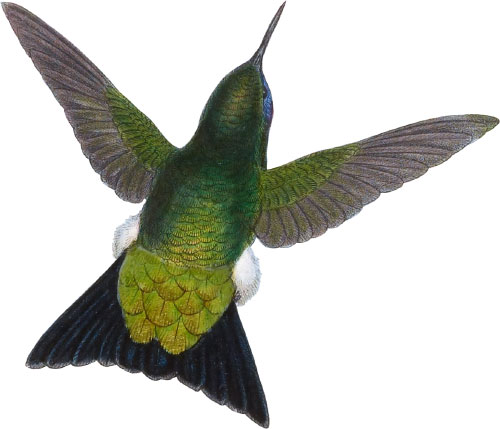 Eriocnemis vestita
Glowing Puff-leg
Eriocnemis vestita
Glowing Puff-leg
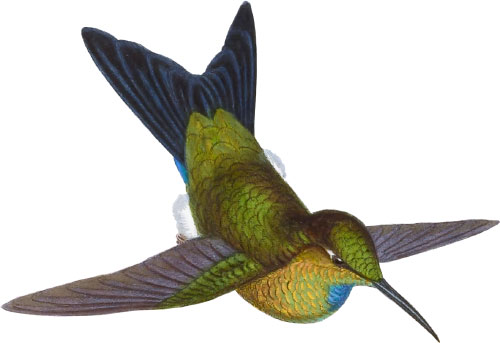 Eriocnemis Godini
Godin’s Puff-leg
Eriocnemis Godini
Godin’s Puff-leg
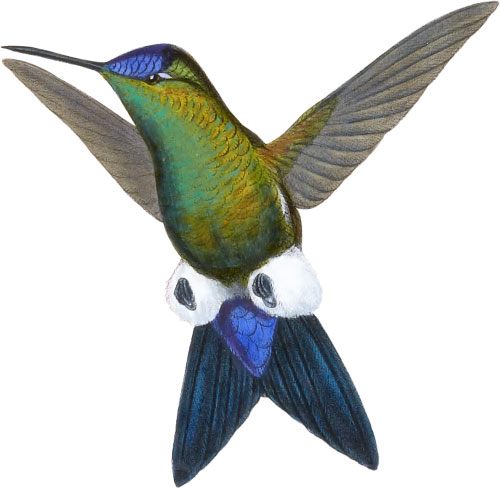 Eriocnemis D’Orbignyi
D’Orbigny’s Puff-leg
Eriocnemis D’Orbignyi
D’Orbigny’s Puff-leg
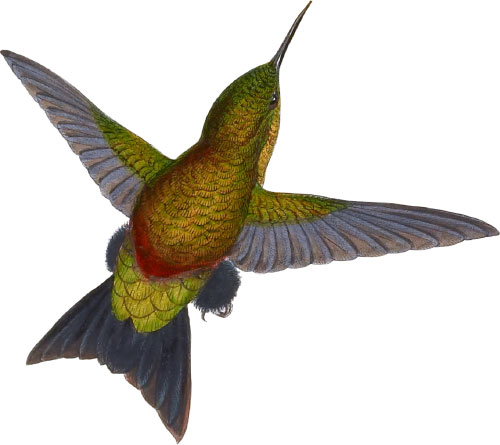 Eriocnemis Derbiana
Derby’s Puff-leg
Eriocnemis Derbiana
Derby’s Puff-leg
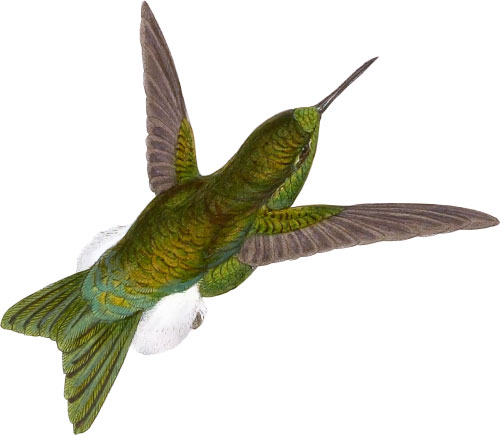 Eriocnemis Alinæ
Metallic Puff-leg
Eriocnemis Alinæ
Metallic Puff-leg
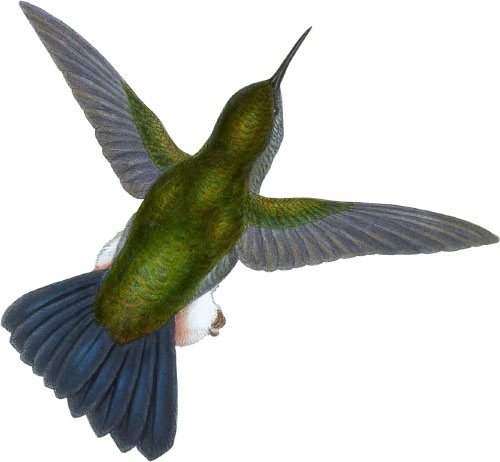 Eriocnemis squamata
Scaly Puff-leg
Eriocnemis squamata
Scaly Puff-leg
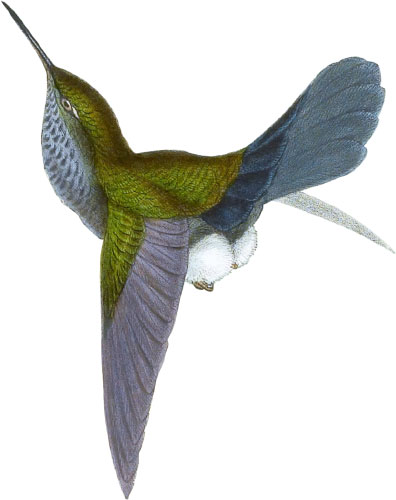 Eriocnemis lugens
Hoary Puff-leg
Eriocnemis lugens
Hoary Puff-leg
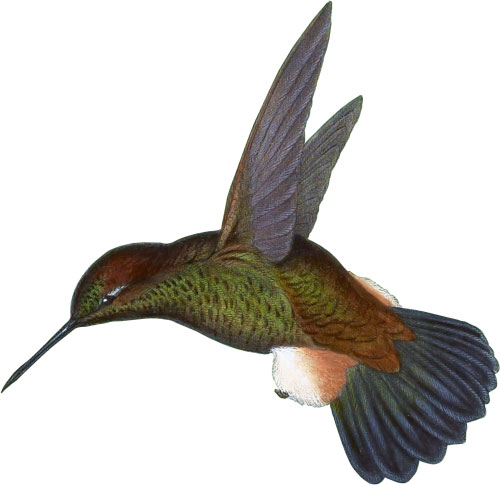 Eriocnemis Aureliæ
Aurelia’s Puff-leg
Eriocnemis Aureliæ
Aurelia’s Puff-leg
 Eriocnemis dybowskii
Dybowski’s Puff-leg
Eriocnemis dybowskii
Dybowski’s Puff-leg
 Eriocnemis dyselius
Black-vented Puff-leg
Eriocnemis dyselius
Black-vented Puff-leg
 Eriocnemis chrysorama
Blue-vented Puff-leg
Eriocnemis chrysorama
Blue-vented Puff-leg
 Eriocnemis assimilis
Brown-booted Puff-leg
Eriocnemis assimilis
Brown-booted Puff-leg
 Eriocnemis smaragdinipectus
Green-breasted Puff-leg
Eriocnemis smaragdinipectus
Green-breasted Puff-leg
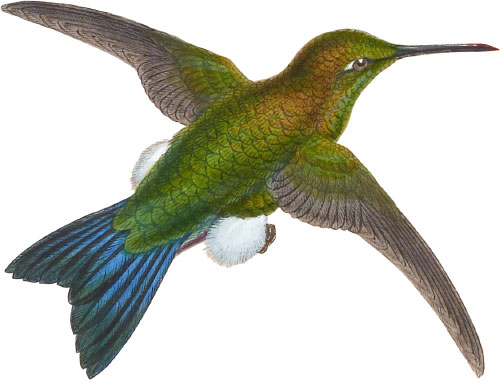 Eriocnemis sapphiropygia
Sapphire-vented Puff-leg
Eriocnemis sapphiropygia
Sapphire-vented Puff-leg
Featuring all 422 illustrated species from John Gould’s A Monograph of the Trochilidæ, or Family of Humming-Birds arranged by color.